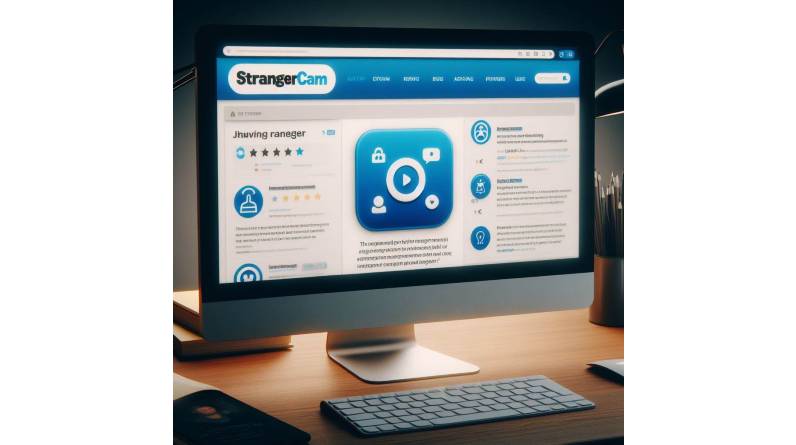Key Takeaways
- Navigating the complexity of ERISA can help individuals make more educated decisions regarding their employee benefits.
- Understanding your rights and obligations under ERISA is crucial for employees and employers.
- Access to accurate information and legal guidance can protect your financial future.
Table of Contents
- Introduction to ERISA
- The Importance of Employee Benefit Plans
- Key Provisions of ERISA
- Understanding Your Rights as an Employee
- How ERISA Protects Employers
- Common Challenges in Managing Benefits Plans
- Seeking Professional Guidance
- Conclusion: Taking Charge of Your Benefits
Introduction to ERISA
The Employee Retirement Income Security Act (ERISA) provides an invaluable foundation when navigating the maze of retirement and health plans. ERISA places a protective shell around employee benefit programs, ensuring their integrity and functionality. San Francisco ERISA attorneys specializing in these matters are invaluable in this complex arena. They offer expert guidance tailored to employees and employers, helping address the nuances and intricacies that ERISA presents.
The Employee Retirement Income Security Act (ERISA) serves as the bedrock of employee benefits regulation in the United States. Enacted in 1974, it seeks to ensure that individuals enrolled in these plans receive their entitled benefits. The act encompasses many benefits, including retirement plans, health insurance, and pension funds. The U.S. Department of Labor’s ERISA establishes the criteria for administering employee benefits in private companies, requiring openness, accountability, and protection of beneficiaries. The fundamental purpose of ERISA is to prevent plan mismanagement and abuses, granting employees peace of mind regarding their financial future.
The Importance of Employee Benefit Plans
Employee benefit plans are not just part of compensation but fundamental pillars that sustain a viable work-life balance. These plans, which range from retirement savings to health coverage, provide employees with a safety net against life’s unforeseeable challenges. Well-informed employees who actively engage with their benefit plans experience higher financial wellness. This underscores the significance of maximizing plan options and contributions.
Key Provisions of ERISA
ERISA is underpinned by several critical provisions that define its efficacy. Among these are the stringent fiduciary responsibilities placed on plan managers, compelling them to act in the best interest of the participants. It involves prudent management of plan assets and adherence to the plan documents. ERISA also mandates detailed reporting and disclosures, empowering participants with the necessary information to understand their plans thoroughly. Moreover, it establishes a robust grievance and appeals process to address disputes. These mechanisms are designed to fortify the resolution of issues, ensuring that participants can secure their entitled benefits without unnecessary obstacles.
Understanding Your Rights as an Employee
Under ERISA, employees are vested with specific rights essential to effectively leveraging their benefits. These rights include access to critical plan information, the transparency of financial reports, and the procedural avenues available for filing claims and grievances. Such rights ensure that employees can make educated decisions regarding their benefits. Furthermore, ERISA prohibits job discrimination based on one’s decision to exercise these rights, providing a safe environment for employees to advocate for their interests. Familiarity with these entitlements encourages proactive engagement, allowing employees to capitalize on their jobs’ benefits fully.
How ERISA Protects Employers
While ERISA is predominantly seen as a protective measure for employees, it also extends certain protections to employers. By prescribing clear guidelines for establishing and managing benefit plans, ERISA helps employers mitigate risks associated with litigation and non-compliance. It encourages uniformity and clarity within benefit programs, reducing administrative burdens and potential discrepancies. Employers adhering to ERISA’s stipulations are better positioned to manage resources effectively, maintain equity within their offerings, and avoid unwarranted legal exposure. This balanced perspective ensures mutual benefit for employees and employers alike.
Common Challenges in Managing Benefits Plans
The ever-evolving regulatory landscape poses continuous challenges for those managing benefit plans. Compliance with ERISA’s comprehensive requirements can be daunting, compounded by the complexity of integrating amendments and updates. Plan administrators must remain vigilant and agile, responding adeptly to changes in law and policy. Although often unintended, administrative errors can lead to significant consequences, such as fines or legal disputes. Establishing robust compliance checks and balances systems is essential for circumventing these pitfalls. Additionally, fostering open communication channels ensures all stakeholders are informed and engaged, further enhancing plan administration.
Seeking Professional Guidance
Given the intricate nature of ERISA and the high stakes of benefit plan management, seeking professional guidance is not just beneficial; it’s essential. Legal experts and financial advisors possess the expertise to navigate complex legalities and offer strategies tailored to specific situations. Their guidance provides a dual advantage: optimizing benefit structures and maintaining steadfast compliance. From initiation to implementation, these professionals play a critical role in steering through the challenges these benefits present, ensuring that employer and employee interests are safeguarded with precision and care, and providing reassurance and support.
Conclusion: Taking Charge of Your Benefits
Knowledge is power when understanding ERISA and the intricacies of employee benefit plans. Empowerment through education enables employees to navigate their options effectively and equips employers with the tools necessary for compliance and optimization. By embracing the principles of ERISA, stakeholders can secure beneficial outcomes, fostering a work environment where financial stability is inherently linked to well-structured benefit plans. Striving for informed engagement in benefits planning is not just a suggestion; it’s a responsibility that reaps long-term rewards, underscoring the enduring value of strategic management and vigilance.



